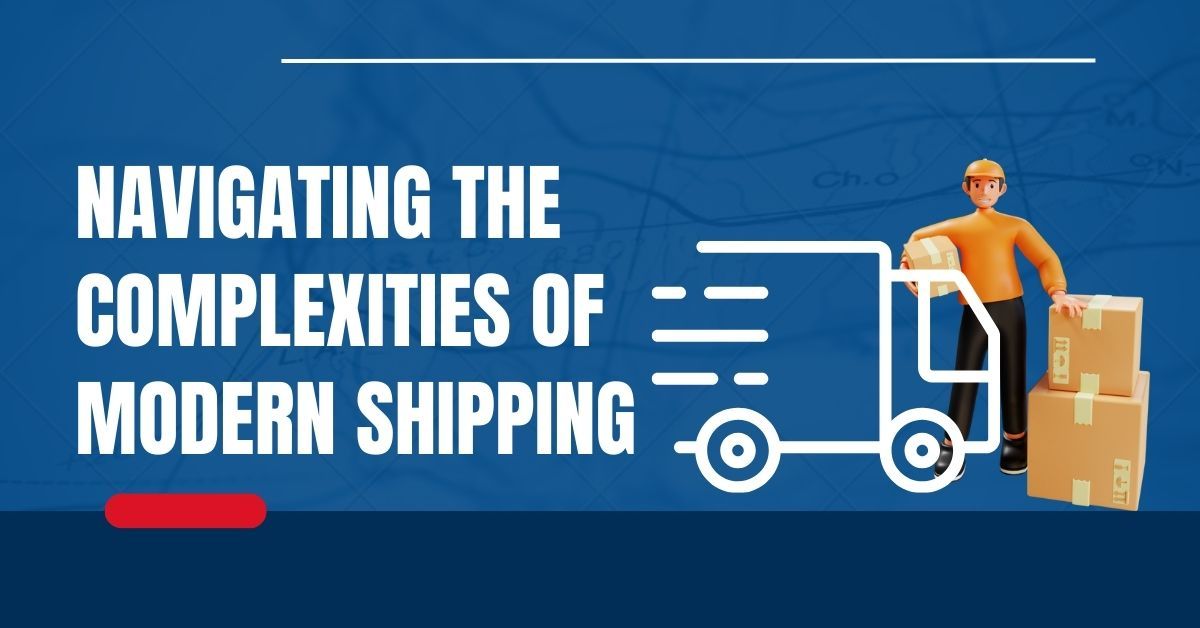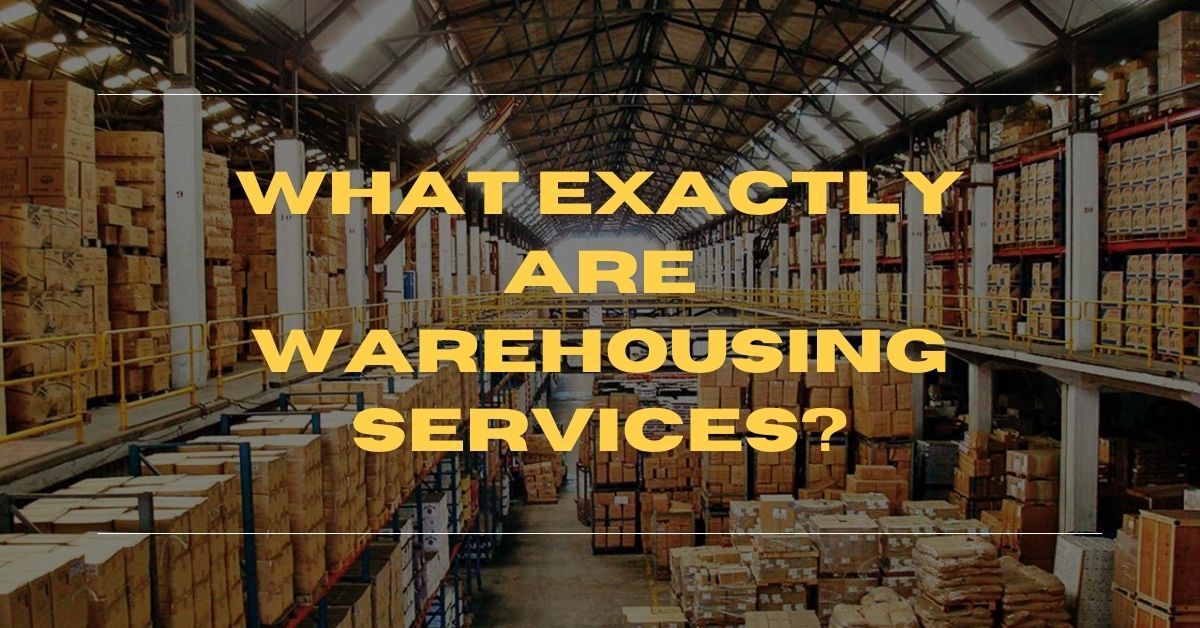Unlocking the Power of 3PL Warehouses: A Gateway to Efficient Logistics
In the realm of modern logistics, the term “3PL warehouse” stands as a beacon of efficiency and adaptability. But what exactly does it entail, and how does it function within the complex framework of supply chain management?
Understanding the 3PL Warehouse
Let’s begin with the fundamentals: The acronym for Third-Party Logistics is 3PL. Therefore, a facility run by a third-party logistics provider that specialises in the handling, delivery, and storage of commodities on behalf of its clients is referred to as a 3PL warehouse. It functions as an externalised extension of a business’s logistics department, providing numerous advantages and ways to optimise the supply chain procedure.
How Does a 3PL Warehouse Operate?
A 3PL warehouse functions primarily as a central location for distribution and inventory management. When the products arrive at the warehouse, the 3PL supplier carefully arranges, stores, and moves them around. This entails order fulfilment, stock replenishment, and inventory tracking, all of which are carried out precisely and effectively to guarantee prompt delivery of items to final consumers.



